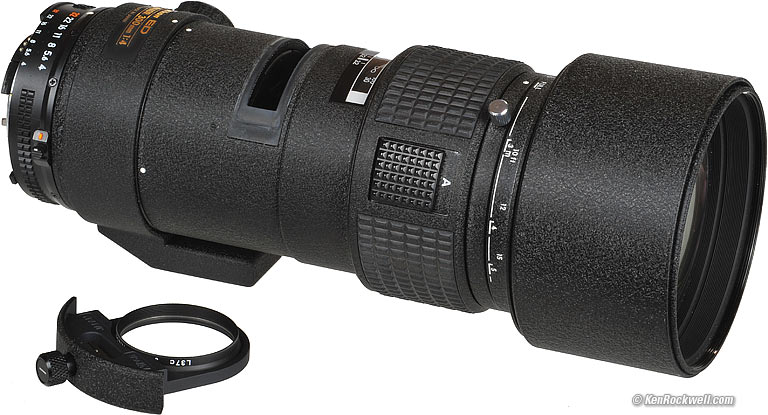

In particular, at ƒ/1.8 and ƒ/2, average performance is about 5 blur units. The performance layout with the lens matched to the full-frame D3x body is similar, but the larger sensor exposes the flaws of this lens. Fully stopped-down at ƒ/22, we note two blur units across the frame. Diffraction limiting sets it at ƒ/11, but we still note exceptional performance even at ƒ/16, we note just under 2 blur units across the frame. Image sharpness improves at ƒ/4, and reaches its optimal performance at ƒ/5.6, where it's essentially tack-sharp across the frame.

At ƒ/2.8 the center is quite sharp (~1.5 blur units) and corner softness has been dramatically reduced to under 3 blur units. This central area of sharpness increases marginally at ƒ/2, but the real gains are made at ƒ/2.8, where there is a notable increase in sharpness across the frame. There is a very small area of sharpness in the center of the frame, at around 1.5 blur units. On the sub-frame D200, the lens was fairly soft at ƒ/1.8 and ƒ/2, showing between 3 and 4 blur units across the frame. When used wide open at ƒ/1.8 or ƒ/2, we did note some generalized softness. The 50mm ƒ/1.8 AF-D provides sharp results when stopped down to ƒ/2.8 or smaller. We originally reviewed this lens as part of a comparison of six 50mm lenses, and you may wish to review " The Tanner Report" for further details. The lens takes 52mm filters, and is available new for around $120.


 0 kommentar(er)
0 kommentar(er)
